May 2021
-
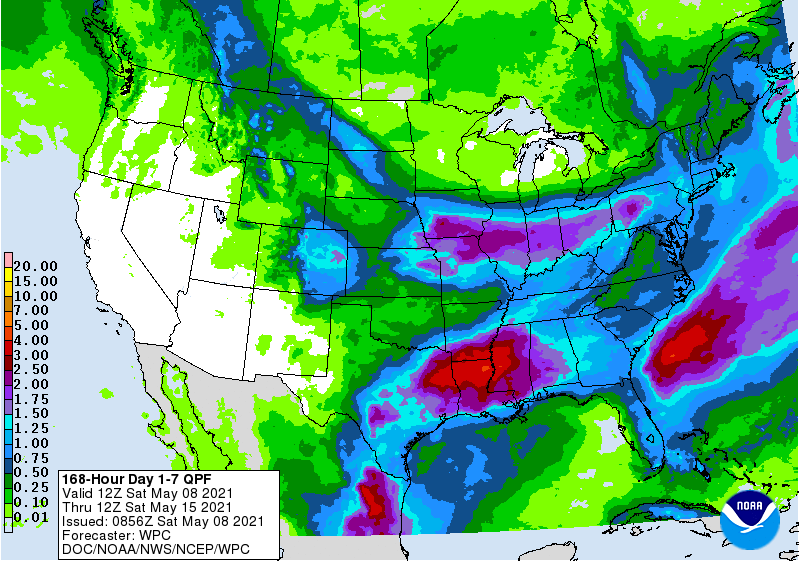
The latest 7-day QPF map shows that after a glorious Mothers Day weekend, rain will move through the region beginning on Monday from west to east, exiting the region by late week. Amounts are expected to be moderate. There is a small chance of isolated severe weather as the system passes, but a widespread outbreak…
Posted in: Climate outlooks -
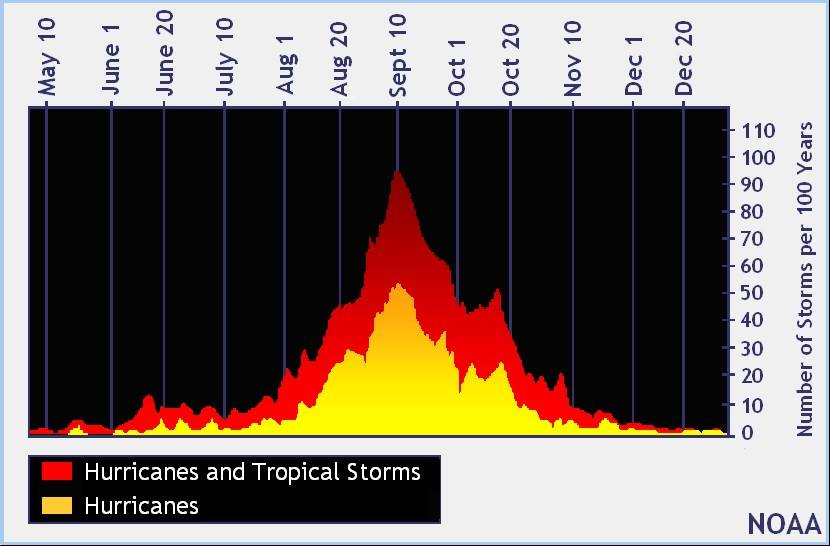
For those of you who are looking towards June 1 as the start of the Atlantic hurricane season, you might be interested in this refresher on hurricane climatology in the region from Alicia Wasula of Shade Tree Meteorology here. Next week is the NWS Atlanta Hurricane Preparedness Week, and they will be posting information about…
-
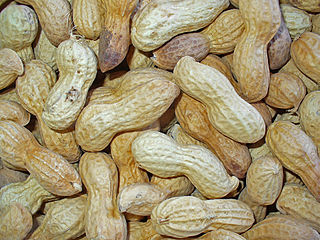
If you are planting peanuts now, you will want to keep an eye open for how far along your peanuts are. You can use Days After Planting (DAP) to determine how mature your peanuts are, but another option is to use Adjusted Growing Degree Days (AGDD), which is based on temperature and accounts for year-to-year…
-
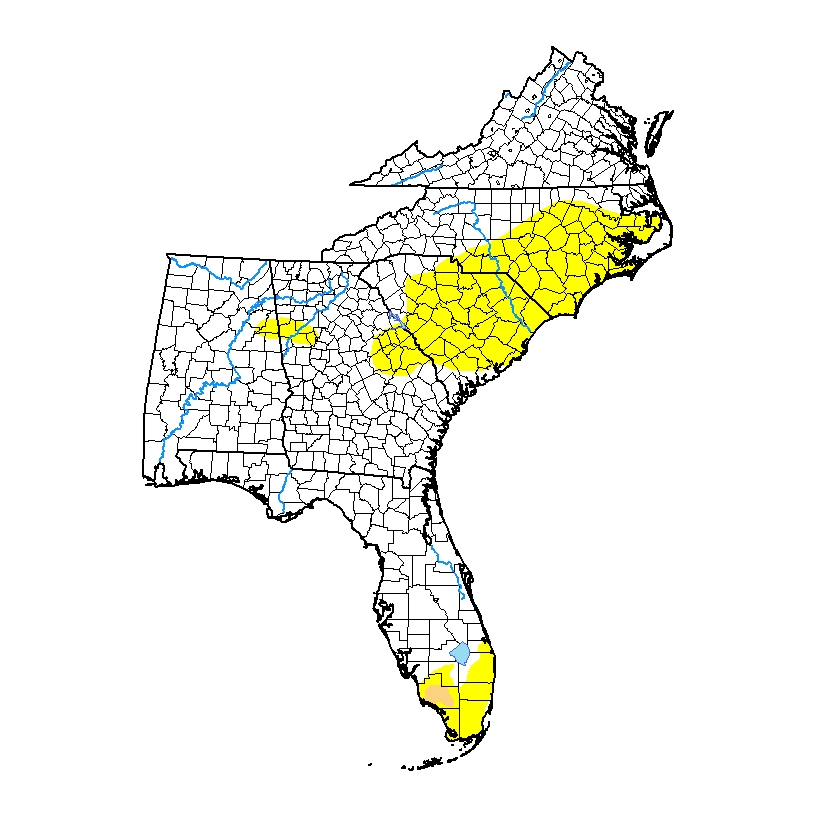
The latest Drought Monitor, released this morning, shows that dry conditions in the Southeast decreased slightly and the moderate drought in South Florida was cut in half over the last week, but drought and dry conditions in Puerto Rico expanded a bit. It does not look likely that there will be any big changes in…
Posted in: Drought -
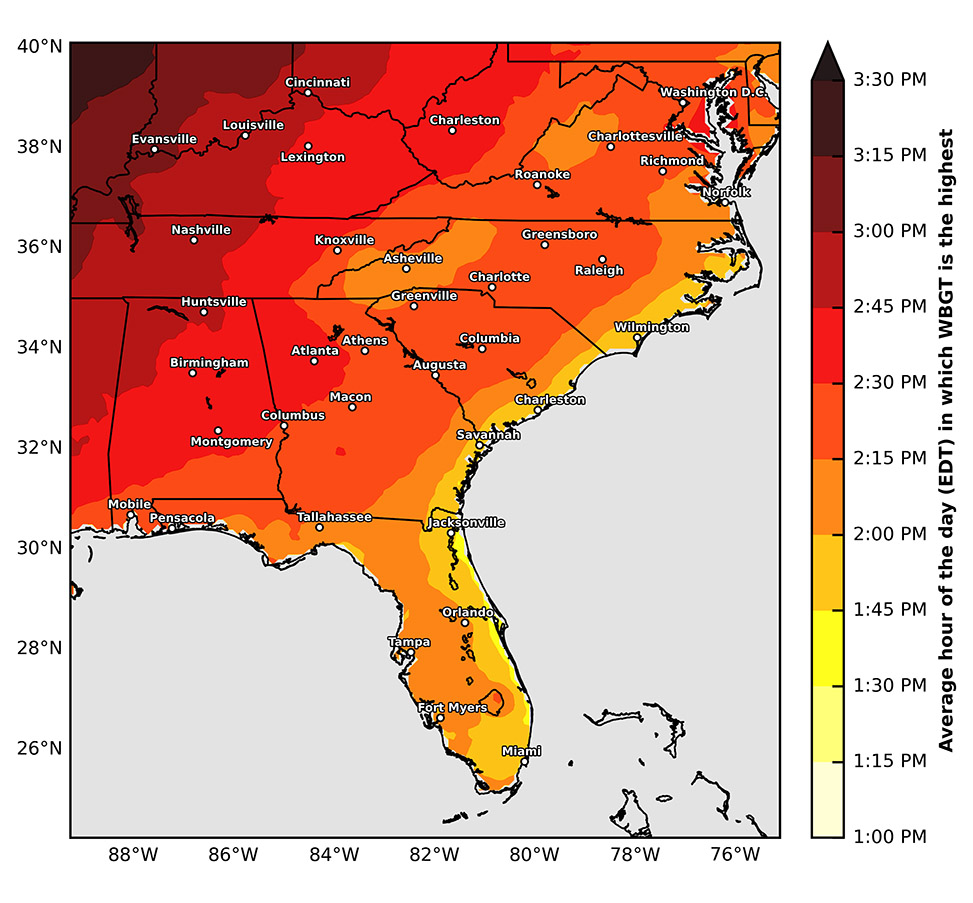
If you worry about excessive heat and humidity and its impacts on your outdoor workers or on your exercising students, you may be interested in this new climatology of Wet Bulb Globe Temperature (WBGT) across the Southeast. This set of maps from the Southeast Regional Climate Center provide month by month images of how WBGT…
-
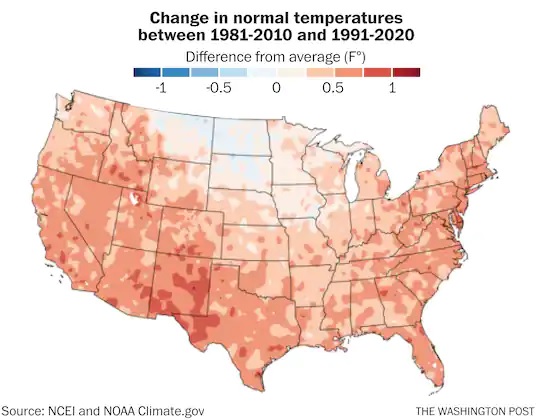
Today, NOAA released their new climate normals for the 1991-2020 period. These 30-year averages replaced the old normals that covered the period from 1981-2010. This is done every ten years to provide a consistent period of time for use in comparing monthly and annual climate information. There have been a number of news stories about…
-

On Tuesday, May 4, NOAA will released the long-anticipated 30-year normals for temperature, precipitation, degree days, and several other variables. These values are updated once every ten years and will cover the period 1991-2020. The previous set of normals was based on 1981-2010. Because of the rising temperature in the US and across the globe,…